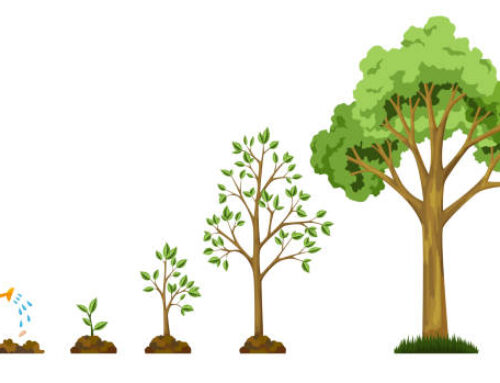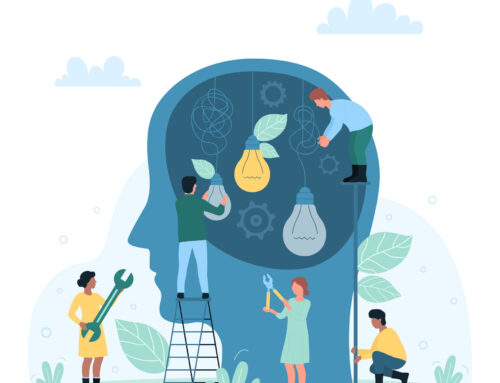Stages of Change
Shawnee Love •
June 16, 2011
Although theories abound, my preferred theory explains the stages of change as follows:
- Ending: Characterized by Denial, Anxiety, Fear & Resistance
- Exploration: Characterized by Creativity, Curiousity & Hopefulness
- Acceptance: Characterized by Enthusiasm, Energy & Confidence
No matter how desirable and wonderful the results of the change promise to be, actual change is hard. It feels awkward and uncomfortable and often inspires fear in the hearts of those affected, so it makes sense that people might resist change or put their head in sand for as long as possible. There is no clear answer as to how long it takes people to move through these stages either, and we know people can be in different stages at the same time if there are multiple changes occurring. As such, stewarding a change through your organization can seem almost impossible.
As a change agent, the first and best thing you can do to prepare yourself and the people affected by change is to ensure you are all aware of the stages of change and know where each other are. As a change leader who has planned the change sometimes years in advance, you are often fully engaged in the new world order when you begin to roll it out organizationally. Remember to take time and be empathetic while getting the rest of the people on track.
When people are in the Ending Stage, they don’t want to leave the security of their current situation, because it is the “devil they know” and thus it is safe and easy to understand for them (no matter how complex & confusing it really is). It is important to share your vision for the future (post change) and communicate your compelling reasons why the future is a better place for everyone to be. As you may guess, “we are introducing technology so we can lay you all off” is not compelling and will merely encourage people to dig in their heels and sabotage the initiative. If you don’t have a compelling vision, don’t initiate change until you do. Then answer questions, allow negativity to be expressed, and keep a sense of humour. You are going to need it!
For those who are in the Exploration Stage, they realize their biggest fears are not realistic and they start to give the new way a try. They may test to see how it works, ask questions about how it will affect them, and make suggestions for improvements. This stage is very optimistic, but it is fragile. Something goes terribly wrong and these “Explorers” can quickly regress into the Endings Stage and focus their energy on keeping the old way, i.e., resist the change with all their power. You can help people in the Exploration stage move forward by encouraging their efforts, cheer leading to keep up the momentum, dismantling obstacles, training, and creating small steps forward to highlight the progress thereby making the change seem possible.
People in the Acceptance Stage have adapted and are becoming involved in the new way of life. They might even start helping people in the earlier stages, so remind them to suspend judgment about the people slower to adopt the change and be patient and respectful. Change leaders can help people in this stage by debriefing the experience to share what everyone learned, by continuing to reinforce the change with ongoing training and development of long range goals aligned with the change, and most importantly by creating opportunities to celebrate the accomplishment of the change. It is something for everyone to be proud of.
What do you do to move through the stages of change?




